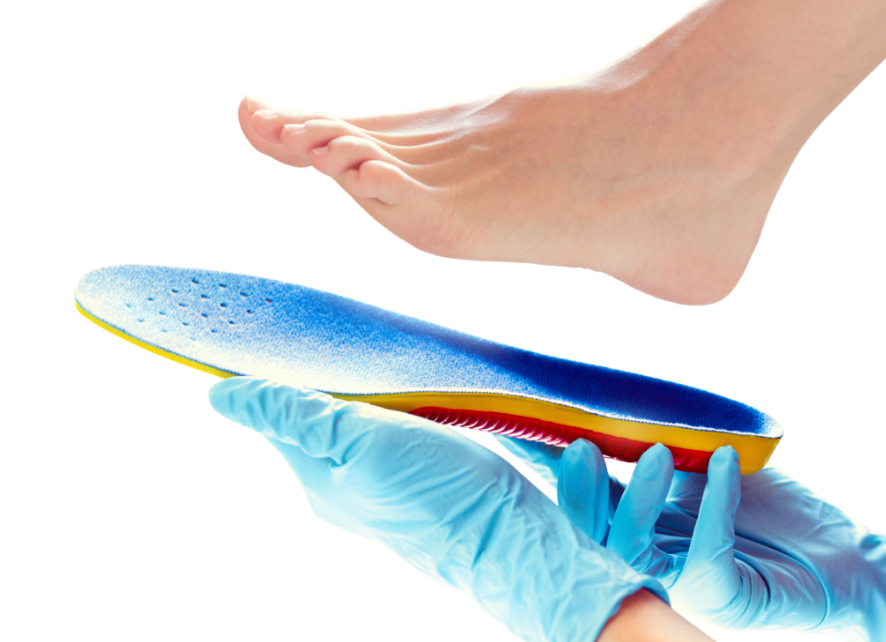If you’ve ever experienced lingering muscle pain that doesn’t seem to go away no matter how much you stretch or rest, you might be dealing with myofascial pain syndrome. It’s a common but often misunderstood condition that affects many people in Singapore and around the world.
In this article, we’ll explain what myofascial pain is, what causes it, the symptoms to look out for, and most importantly—what treatment options are available to help you feel better, including dry needling in Singapore.
What is Myofascial Pain?
“Myofascial” refers to muscles (myo) and fascia (the connective tissue that surrounds your muscles). Myofascial pain happens when certain areas of muscle become tight, irritated, and form what are called trigger points—small knots that are painful when touched.
These trigger points don’t just hurt where they are located—they can cause referred pain, meaning the discomfort might radiate to other areas of your body. For example, a trigger point in your neck could be the hidden cause of a headache or pain down your arm.
Common Causes of Myofascial Pain
There isn’t just one cause of myofascial pain. It usually develops over time due to a combination of physical and lifestyle factors. Common causes include:
- Poor posture – Slouching or sitting at a desk all day can stress certain muscles.
- Muscle overuse or repetitive movements – Common in athletes or people with physically demanding jobs.
- Injury or trauma – A muscle strain or sprain can trigger myofascial pain.
- Stress and anxiety – Tension can build in your muscles when you’re under stress.
- Lack of physical activity – Sedentary lifestyles can cause muscle imbalances.
- Sleep disturbances – Poor sleep affects how well your body recovers and repairs itself.
Over time, these factors can lead to tight bands in your muscles that don’t relax, creating painful trigger points that can significantly reduce your quality of life.
Symptoms of Myofascial Pain Syndrome
The symptoms of myofascial pain can vary depending on the severity and location of the trigger points. Some of the most common symptoms include:
- Deep, aching muscle pain
- Muscle stiffness or tightness
- Pain that gets worse with activity or stress
- “Knots” you can feel under the skin
- Limited range of motion
- Referred pain – pain in a different area from the actual trigger point
- Frequent headaches or jaw pain
- Poor sleep or fatigue due to discomfort
One of the biggest challenges is that myofascial pain often gets mistaken for other conditions like joint issues, nerve problems, or even fibromyalgia.
When to See a Physiotherapist
If your muscle pain is persistent, getting worse, or affecting your daily life, it’s time to seek professional help. A qualified physiotherapist can assess your condition and recommend a personalised treatment plan to help you get back on track.
Many people suffer silently, thinking muscle pain is just a part of getting older or working hard—but it doesn’t have to be that way. The right treatment can help you feel better and move better, faster.
Treatment Options for Myofascial Pain
The good news is, myofascial pain is treatable, and many people experience noticeable relief with a combination of physiotherapy techniques and targeted interventions.
At iPhysio, we focus on non-invasive, hands-on, and evidence-based approaches to help reduce pain, release muscle tightness, and restore normal function. Here’s how we can help:
1. Physiotherapy & Manual Therapy
Our Physiotherapist in Singapore is trained to assess the root cause of your muscle pain and design a personalised treatment plan. We use manual therapy techniques, such as:
- Myofascial release
- Trigger point therapy
- Stretching and mobility exercises
- Postural correction
These methods help improve blood flow, reduce tightness, and restore normal muscle function. We also teach you exercises and habits to prevent the pain from coming back.
2. Dry Needling (Trigger Point Therapy)
Dry needling is one of the most effective treatments for myofascial trigger points. This technique involves inserting fine, sterile needles into tight muscle bands (trigger points) to help them release. It’s especially useful for:
- Releasing deep-seated muscle knots
- Reducing referred pain
- Improving flexibility and range of motion
If you’re looking for dry needling in Singapore, our experienced team at iPhysio is trained in delivering this treatment safely and effectively.
3. Corrective Exercise Programs
Alongside hands-on therapy, we provide guided exercises that target weak or tight muscle groups. These movements are designed to:
- Rebalance your posture
- Improve muscle coordination
- Reduce the chances of pain returning
Your physiotherapist will customise these exercises to suit your lifestyle, goals, and the severity of your symptoms.
4. Education & Prevention
We believe in empowering you with the knowledge to understand your condition. During your sessions, we’ll help you:
- Recognise what aggravates your symptoms
- Modify daily activities (like sitting posture or work habits)
- Use effective self-management tools between visits
Our goal is not just to treat the pain—but to help you stay pain-free.
Disclaimer
This article is for informational purposes only and should not be considered medical advice. If you are experiencing chronic or severe pain, consult a licensed healthcare professional for a proper diagnosis and treatment plan.



